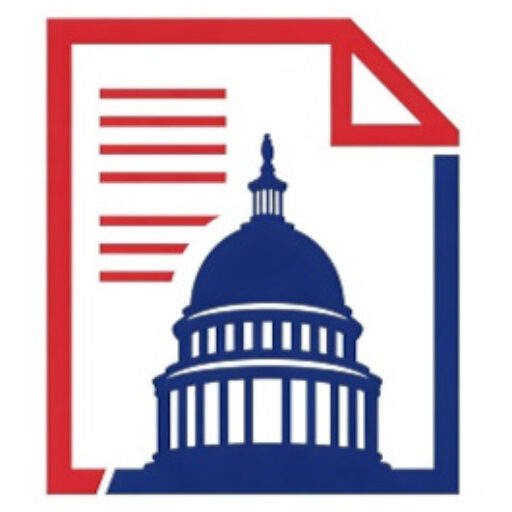The Three Branches of Government
The United States government operates on a system of “checks and balances.” Power is divided among three branches to ensure no single part becomes too powerful. This interactive guide explores the role, powers, and historical impact of each branch.
The Legislative Branch (Congress)
This branch is responsible for creating the laws of the country. It is made up of two parts: the Senate, with two members from each state, and the House of Representatives, with members based on each state’s population.
Primary Powers & Responsibilities
- Enacting legislation and declaring war
- Confirming presidential appointments
- Approving treaties and overseeing the executive branch
- Impeaching federal officials
Historical Case Studies
Explore historical examples of Congress’s impact. Select an option below to see how its powers have been used to both uphold and test the nation’s principles.
The Civil Rights Act of 1964
A landmark law that outlawed discrimination based on race, color, religion, sex, or national origin, demonstrating Congress’s power to enact profound social change. Source: National Archives
Creation of National Parks (1916)
By establishing the National Park Service, Congress showed foresight in preserving natural treasures for all future generations. Source: NPS.gov
McCarthyism (1950s)
A period where congressional investigations, led by Senator McCarthy, used baseless accusations and intimidation, disregarding civil liberties in a hunt for alleged communists. Source: Senate.gov
The Alien and Sedition Acts (1798)
These acts restricted immigration and criminalized criticism of the government, widely seen as a partisan attempt to suppress political opposition and free speech. Source: National Archives
The Executive Branch (The President)
This branch is responsible for implementing and enforcing the laws created by Congress. It is led by the President, who is the head of state and Commander-in-Chief of the armed forces.
Primary Powers & Responsibilities
- Serving as Commander-in-Chief of the armed forces
- Negotiating treaties and representing the U.S. globally
- Appointing federal officials, ambassadors, and judges
- Vetoing legislation and issuing executive orders
Historical Case Studies
Explore historical examples of Presidential action. Select an option below to see how executive power has been used to both advance the nation and violate its core values.
Louisiana Purchase (1803)
President Jefferson’s decisive action to purchase a vast territory from France doubled the size of the U.S., shaping the nation’s destiny through bold executive leadership. Source: Library of Congress
Cuban Missile Crisis (1962)
President Kennedy’s strategic and diplomatic handling of the crisis averted a potential nuclear war, showcasing effective executive crisis management. Source: JFK Library
Internment of Japanese Americans (WWII)
Via Executive Order 9066, President Roosevelt authorized the forced relocation of over 120,000 people, a severe violation of civil liberties. Source: National Archives
Watergate Scandal (1970s)
The Nixon administration’s cover-up of a political break-in represented a profound abuse of power, leading to the President’s resignation. Source: National Archives
The Judicial Branch (The Courts)
This branch is responsible for interpreting the laws of the United States and resolving legal disputes. It is composed of the Supreme Court and a system of lower federal courts.
Primary Powers & Responsibilities
- Interpreting the U.S. Constitution and federal laws
- Reviewing laws to determine if they are constitutional (judicial review)
- Resolving legal disputes between states
- Hearing appeals from lower courts
Historical Case Studies
Explore historical examples of landmark court rulings. Select an option below to see how judicial decisions have shaped American law and society for better or worse.
Marbury v. Madison (1803)
This ruling established “judicial review,” empowering the Supreme Court to declare laws unconstitutional and cementing its role as a co-equal branch of government. Source: Oyez.org
Brown v. Board of Education (1954)
The Court’s unanimous decision to end racial segregation in public schools was a pivotal moment in the Civil Rights Movement, demonstrating its power to correct historic injustices. Source: Oyez.org
Dred Scott v. Sandford (1857)
A disastrous ruling that denied citizenship to African Americans and protected slavery in new territories, inflaming national tensions and contributing to the Civil War. Source: Oyez.org
Lochner v. New York (1905)
The Court invalidated a law limiting bakers’ work hours, beginning an era where it frequently struck down worker protections, seen as an overreach of judicial power. Source: Oyez.org

